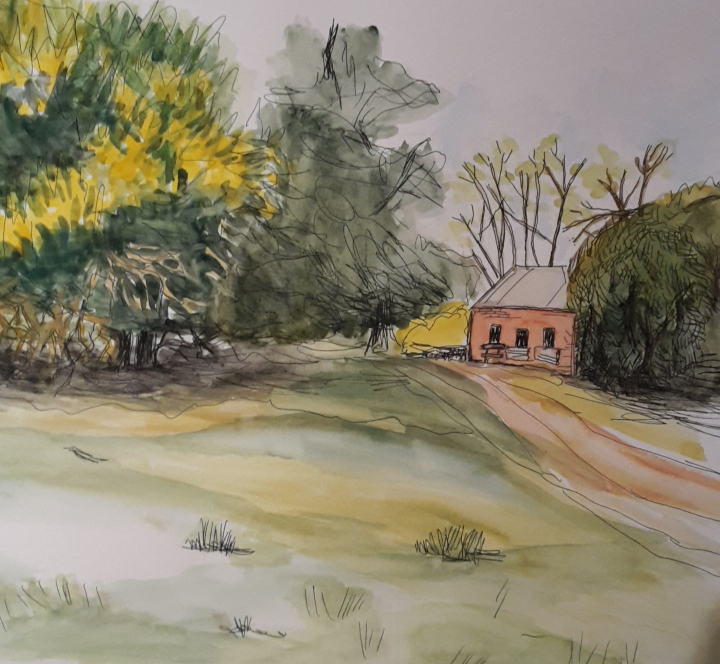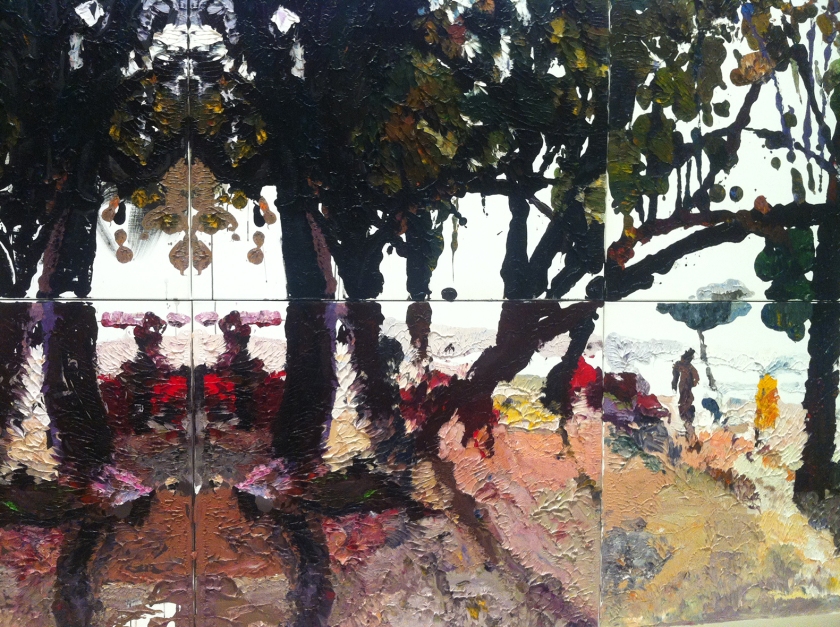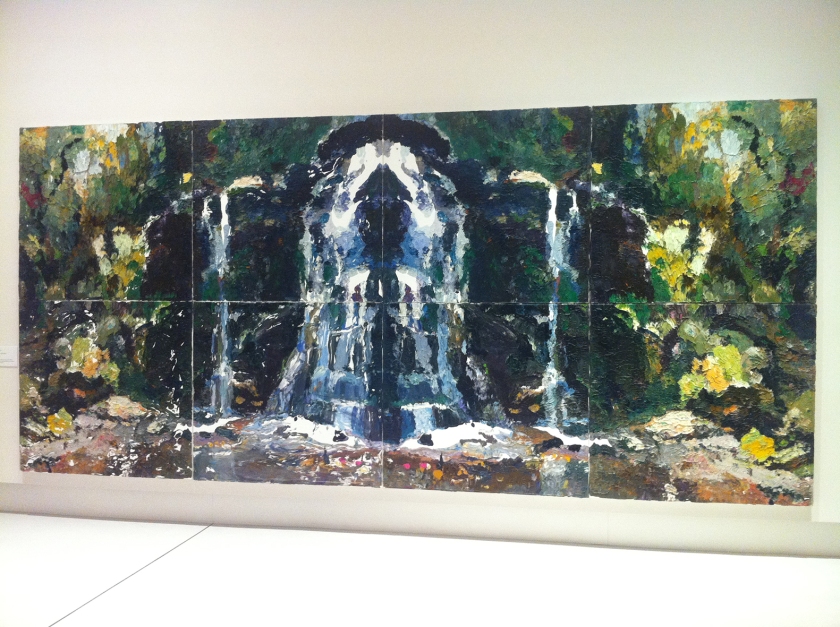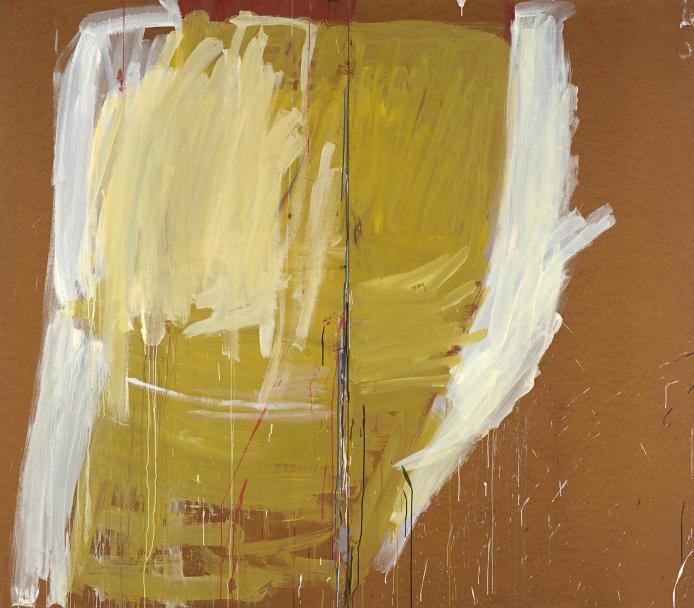Last night I attended an exhibition opening held by Victoria University, my old art school. Fiona Myer has been the patron of VU’s Visual Arts course for the past 20 years, and every graduate show she awards art prizes (one for a travel proposal) for a couple of lucky students.
For White on White, eight previous award winners were invited to submit work on the concept of ‘white’ and the interpretations were varied and interesting. It was also lovely to catch up with some former fellow students and lecturers.
My favourite piece is by En-En See, called Love Letters. At first I wasn’t sure if it was an artwork, because it is made up of a number of hand cut vinyl flowers, scattered seemingly randomly, on the floor. It wasn’t taped or roped off and there weren’t any signs saying ‘do not touch’, so I assumed it was part of a decorative install. People walked on them and some of them got crumpled and folded over, just like real flowers would. En-En explained that the artwork was a response to a story about a white flower that grows in halves – one half grows near the sea, the other in the mountains, and together they form one perfect bloom (based on the legend of Nakapau). I’m a big fan of ephemeral art and this was a beautiful piece. I loved the way it wasn’t precious and roped off, like most art work, and was in fact more like street art, which slowly deteriorates in the weather, or gets peeled off or covered or tagged, evolving over time.
The exhibition is at White Story House, 48 Kelso Street, Cremorne for two days only, and closes 20 November 2019.






























 I think of Van Gogh primarily as a colourist, although his vivid colourful paintings were mostly painted in the last couple of years of his art career. His detailed descriptions of nature and his paintings can be found in his letters to Theo, his brother. Here he describes a landscape he painted at Arles in 1888:
I think of Van Gogh primarily as a colourist, although his vivid colourful paintings were mostly painted in the last couple of years of his art career. His detailed descriptions of nature and his paintings can be found in his letters to Theo, his brother. Here he describes a landscape he painted at Arles in 1888: It’s hard to imagine how revolutionary these paintings were at the time. They influenced many painters including Matisse and the Fauves. His vision was unique and the bold and surprising way he used colour is still amazing.
It’s hard to imagine how revolutionary these paintings were at the time. They influenced many painters including Matisse and the Fauves. His vision was unique and the bold and surprising way he used colour is still amazing.






